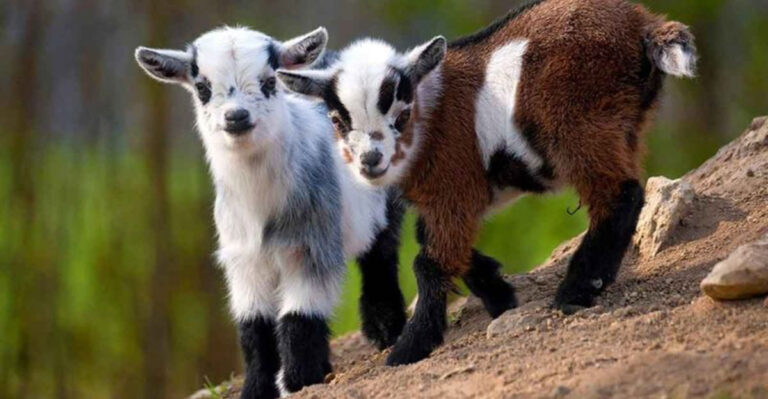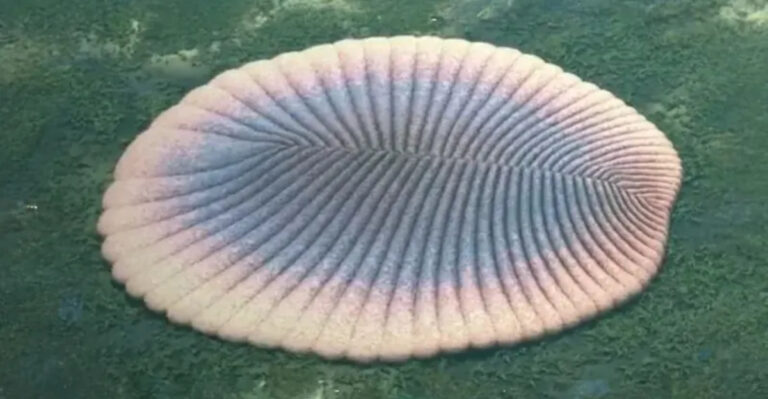10 American Animals Facing Imminent Extinction
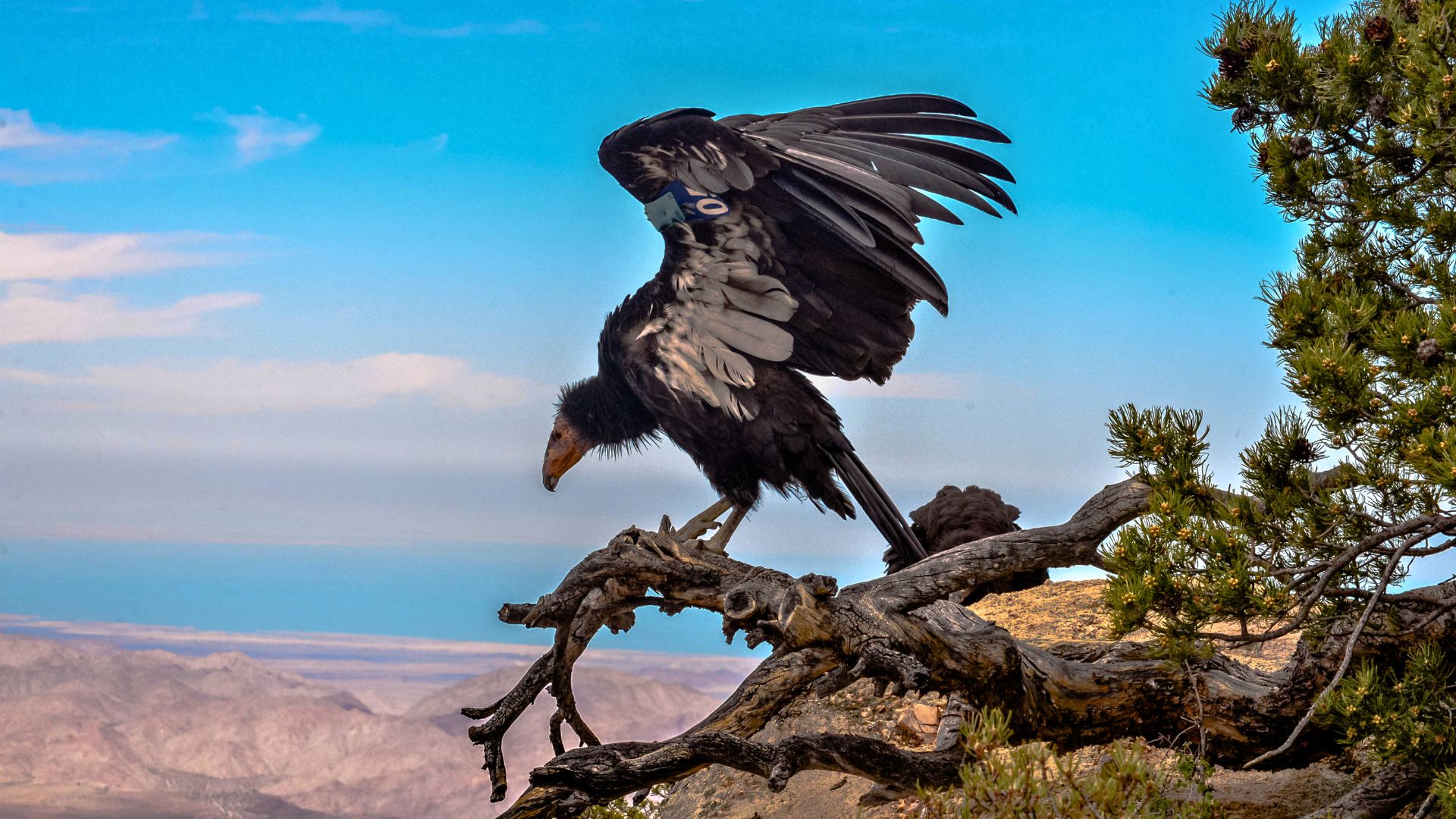
The vast landscapes of America, from the rugged mountains to the sprawling wetlands, are home to countless species of animals. Yet, many of these creatures are facing the brink of extinction.
Human activities, changing climates, and habitat destruction are taking a toll on these species, pressing them into a precarious situation.
This post highlights 10 American animals that are in urgent need of attention and conservation efforts. These remarkable beings, each with their unique roles in the ecosystem, deserve a fighting chance for survival.
1. Florida Panther
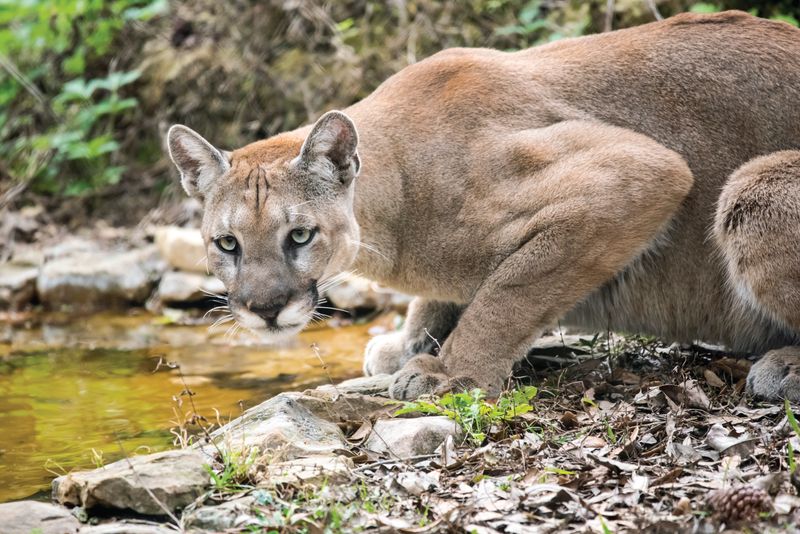
The Florida Panther is a magnificent creature roaming the swamps and forests of Florida. Sadly, it is one of the most endangered mammals in the United States. With only around 120 to 230 individuals left in the wild, this big cat faces a high risk of extinction.
Once found throughout the southeastern United States, the Florida Panther now lives in a fragmented habitat in South Florida. Urban development, road accidents, and genetic health issues are major threats. Conservation efforts are critical to preserving their habitat and promoting genetic diversity.
These solitary and elusive animals are vital for maintaining the balance in their ecosystem. They control the population of prey species, which in turn affects the entire food chain.
To save the Florida Panther, wildlife corridors and safe passages across highways are essential to reduce road fatalities. Public education and support for conservation laws can also play a significant role in their survival.
2. Hawaiian Monk Seal
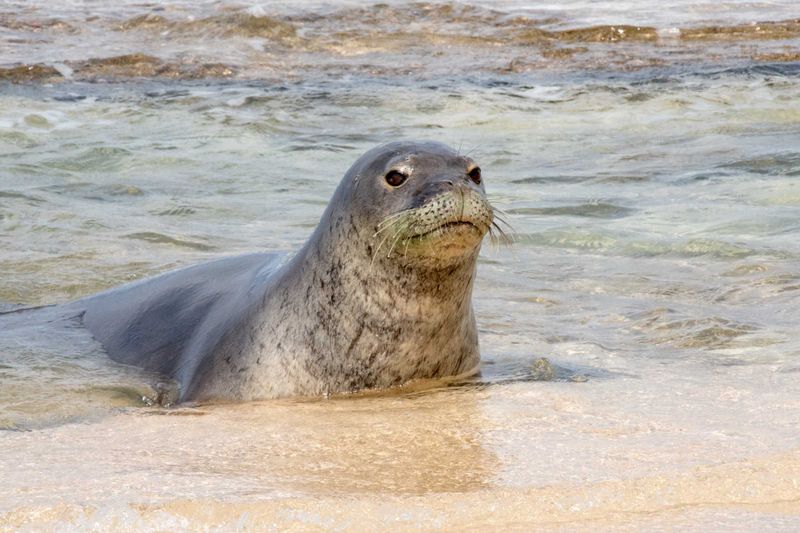
The Hawaiian Monk Seal is a rare and ancient species that calls the Hawaiian Islands its home. This earless seal, with its round body and gentle demeanor, is critically endangered, with only about 1,400 individuals remaining.
Once thriving, their numbers have declined due to entanglement in fishing gear, habitat loss, and human disturbances. Climate change poses an additional threat, affecting their food supply and breeding grounds.
Conservationists are working tirelessly to mitigate these threats through various programs. Preserving the Hawaiian Monk Seal is crucial for maintaining marine biodiversity. They play a key role as predators, helping to regulate fish populations and maintain healthy ocean ecosystems.
Community awareness and responsible tourism are vital for protecting these seals. People visiting Hawaii can help by keeping beaches clean and respecting wildlife areas.
3. Red Wolf
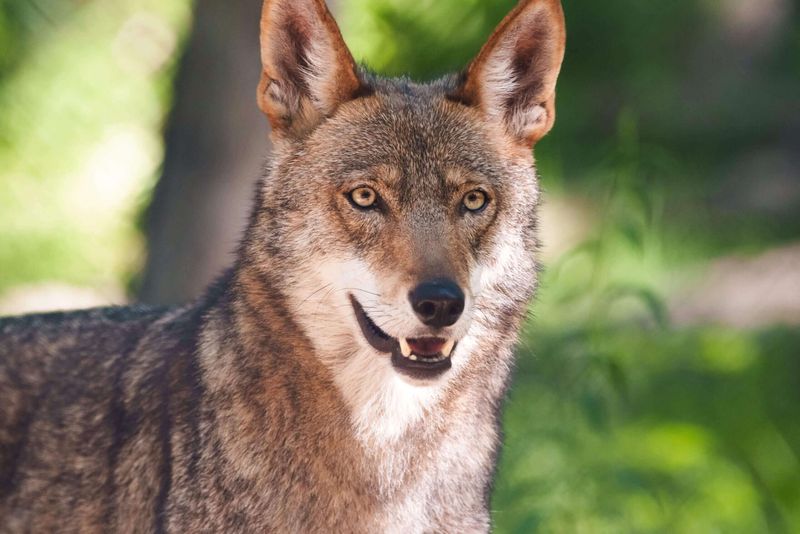
The Red Wolf, native to the southeastern United States, is a symbol of resilience and adaptation. Unfortunately, it’s also one of the most endangered canids in the world, with fewer than 20 individuals in the wild. Hunting, habitat destruction, and hybridization with coyotes have led to their decline.
Red Wolves were once declared extinct in the wild, but reintroduction efforts in North Carolina have offered a glimmer of hope. These wolves are crucial for maintaining ecological balance, as they control populations of prey animals.
Conservation programs focus on habitat protection and fostering coexistence with humans. Supporting these initiatives is vital for the Red Wolf’s survival. Public engagement, along with scientific research, can guide efforts to restore their natural habitats and ensure a stable population.
4. California Condor
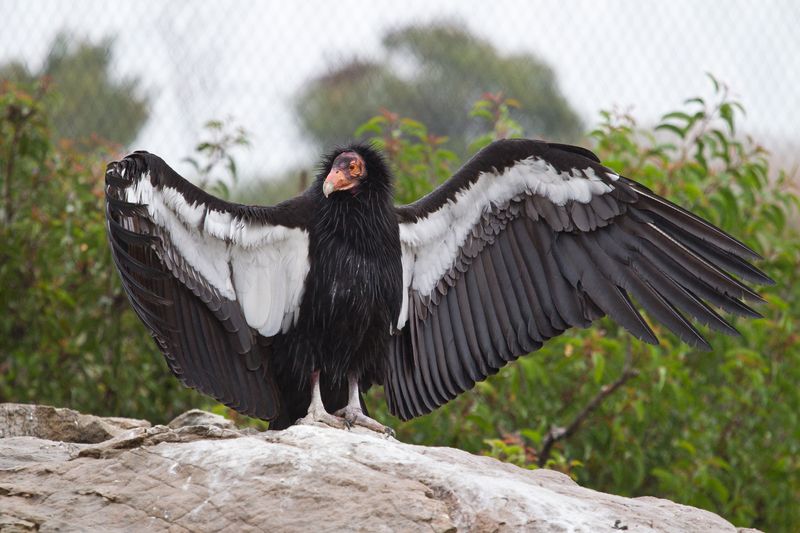
The California Condor is a true giant of the skies, with a wingspan reaching up to 9.8 feet. Once on the brink of extinction, this remarkable bird has made a slow comeback thanks to intensive conservation efforts. There are now around 500 condors, both in the wild and in captivity.
Lead poisoning from ingesting spent ammunition is a significant threat, along with habitat destruction. Conservationists have implemented programs to provide lead-free environments and protect nesting sites.
California Condors play a vital role as scavengers, cleaning up carrion and preventing the spread of diseases. Supporting legislation to eliminate lead ammunition and promoting awareness of their plight can aid in their recovery.
These efforts are critical to ensuring that future generations will witness the awe-inspiring sight of condors soaring freely in the wild.
5. American Burying Beetle
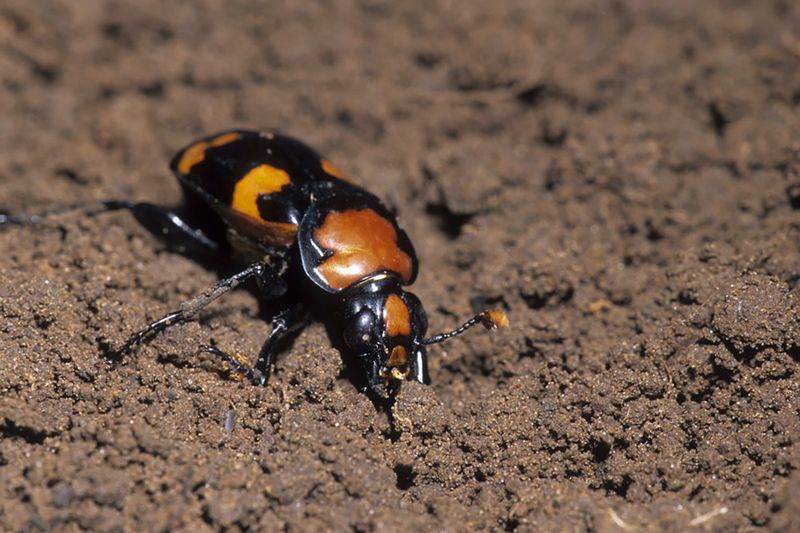
The American Burying Beetle is an extraordinary insect known for its unique role in the ecosystem. Once widespread across the eastern United States, it is now critically endangered and found only in small isolated populations.
Habitat loss, pesticide use, and changes in land management practices have contributed to their decline. This beetle plays a critical role in decomposing dead animals, recycling nutrients back into the soil.
Efforts to save the American Burying Beetle include habitat restoration and breeding programs. Public awareness about the importance of this beetle can foster support for conservation efforts.
Keeping natural areas undisturbed and promoting organic farming can benefit their survival. As a keystone species, their recovery is important for maintaining ecological balance.
6. Whooping Crane
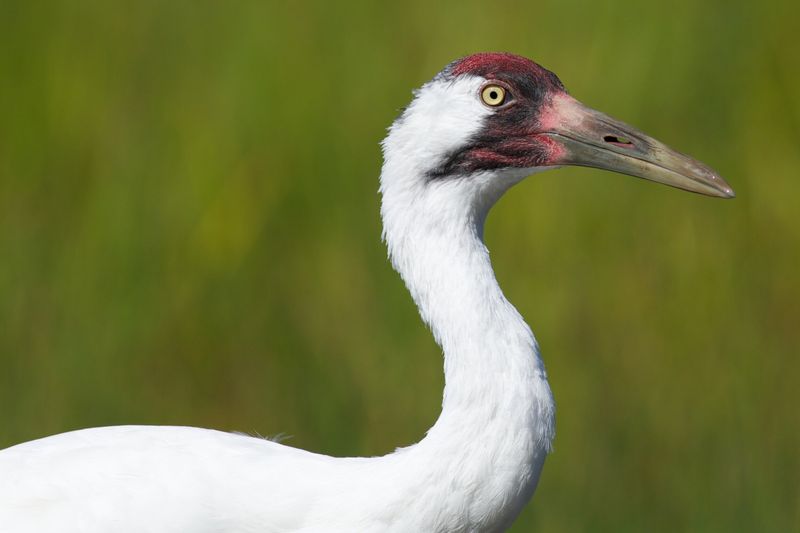
The Whooping Crane, with its striking white plumage and graceful stance, symbolizes both beauty and fragility.
Once teetering on the edge of extinction, conservation efforts have helped increase their numbers to around 800 in the wild and captivity. Habitat destruction, particularly the loss of wetland areas, along with human disturbances, poses a significant threat.
These cranes play an important role in their ecosystem by controlling insect populations and supporting plant growth through seed dispersion.
Successful conservation programs include breeding initiatives and habitat preservation. Educating the public about the importance of wetlands can also aid in their protection.
Responsible birdwatching practices and support for environmental legislation are vital to ensuring safe habitats for the Whooping Crane. Engaging communities in conservation efforts can further enhance their chance for survival.
7. Kemp’s Ridley Sea Turtle
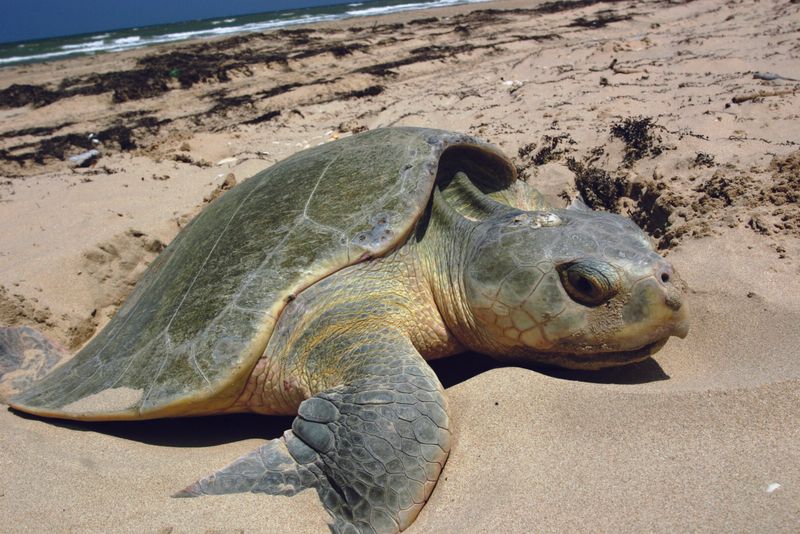
Kemp’s Ridley Sea Turtle is renowned as the smallest and rarest of all sea turtles, with a unique nesting habit called “arribada.”
Their numbers have drastically declined, leading to them being listed as critically endangered. Overfishing, habitat loss, and climate change are major threats to these turtles.
Conservationists have taken steps to protect nesting sites and reduce bycatch in fishing gear, which are crucial for their survival. These turtles play a vital role in marine ecosystems, helping to maintain healthy seagrass beds and coral reefs.
Community involvement in beach clean-ups and support for sustainable fishing practices can make a significant difference in their recovery. Protecting these gentle creatures is essential for preserving biodiversity and ensuring the health of our oceans.
8. Vaquita
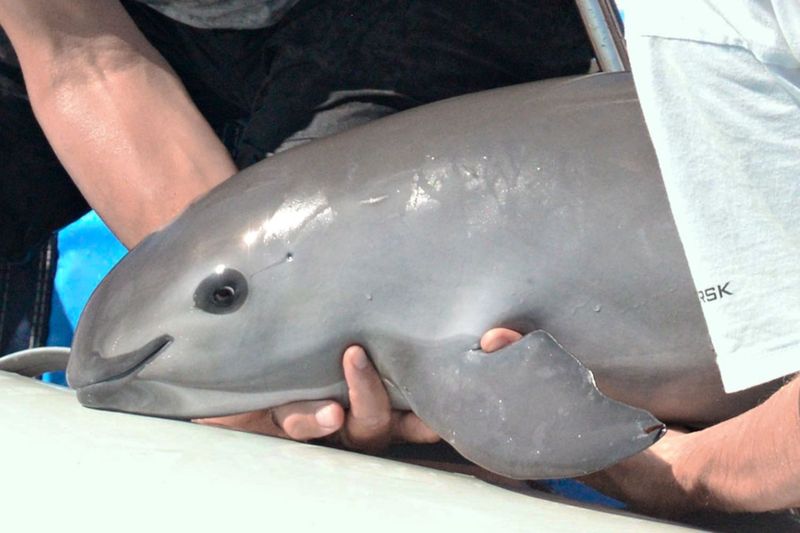
The Vaquita, often called “the panda of the sea,” is the most endangered marine mammal, found only in the Gulf of California. With less than 20 individuals remaining, their situation is dire.
The primary threat to the Vaquita is illegal fishing, particularly the use of gillnets targeting another endangered species, the Totoaba fish.
Conservation efforts are focused on removing these nets and enforcing strict fishing regulations. Vaquitas are crucial for the health of their marine environment, as they help balance the ecosystem by keeping fish populations in check.
International cooperation and public awareness are key to preventing their extinction. Supporting sustainable fishing practices and promoting the removal of illegal nets can help save this enigmatic species. I
mmediate action and global attention are necessary to give the Vaquita a fighting chance.
9. Dusky Gopher Frog
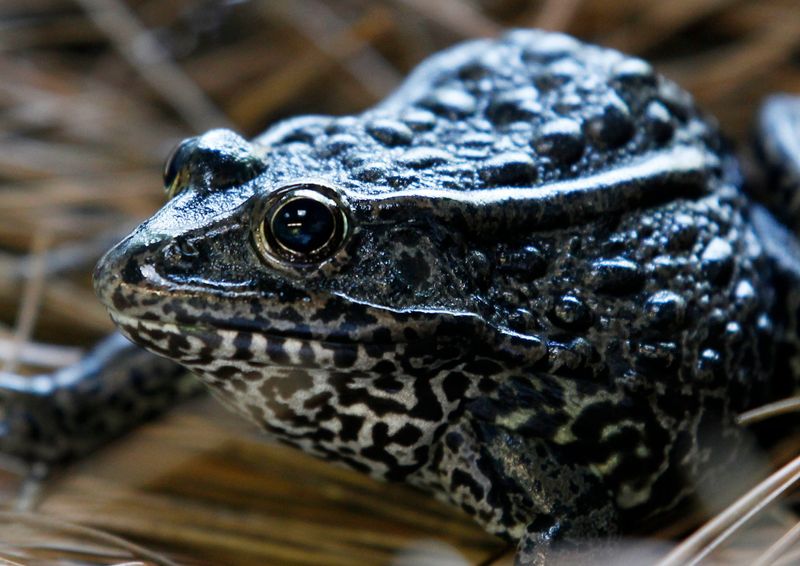
The Dusky Gopher Frog is an elusive amphibian found in isolated ponds in the southern United States. It is among the rarest frogs, with an estimated population of fewer than 250 individuals.
Habitat destruction, particularly the loss of longleaf pine ecosystems, has led to their decline. Breeding efforts and habitat restoration are crucial for their continued existence.
Frogs like the Dusky Gopher Frog are important for controlling insect populations and are indicators of environmental health. Supporting habitat protection and restoration projects can aid in their recovery.
Public engagement and education about the significance of amphibians in ecosystems will also help in their conservation efforts. These actions are vital to ensure the Dusky Gopher Frog continues to sing its unique chorus in the night.
10. Salt Creek Tiger Beetle
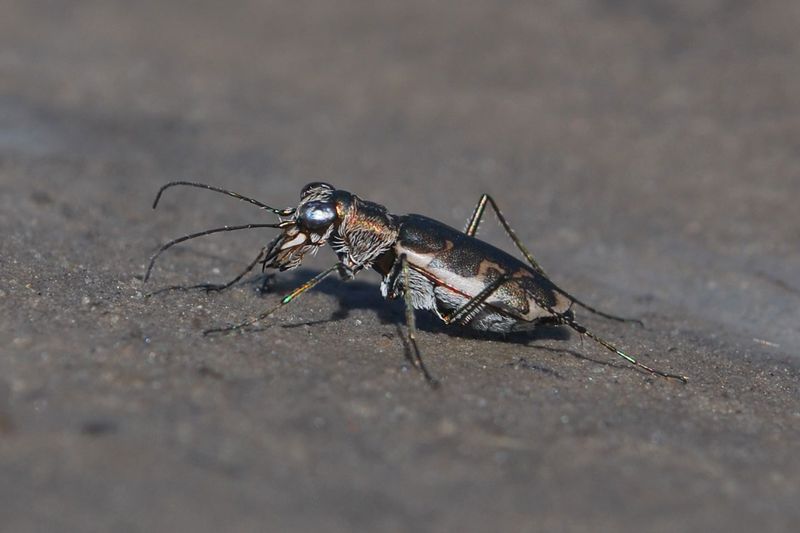
The Salt Creek Tiger Beetle is a dazzling insect known for its vibrant colors and swift movements. Found exclusively in the saline wetlands of Nebraska, it is one of the rarest insects in the United States.
Urban development and water diversion have severely impacted their habitat, leading to their endangered status. These beetles play a crucial role in controlling insect populations, acting as both predator and prey in their ecosystem.
Conservation efforts include habitat protection and captive breeding programs. Raising public awareness about the importance of saline wetlands can support these initiatives.
Protecting and restoring natural habitats, along with promoting sustainable water management, are essential for their survival. The recovery of the Salt Creek Tiger Beetle represents a broader commitment to preserving the biodiversity of our planet.

